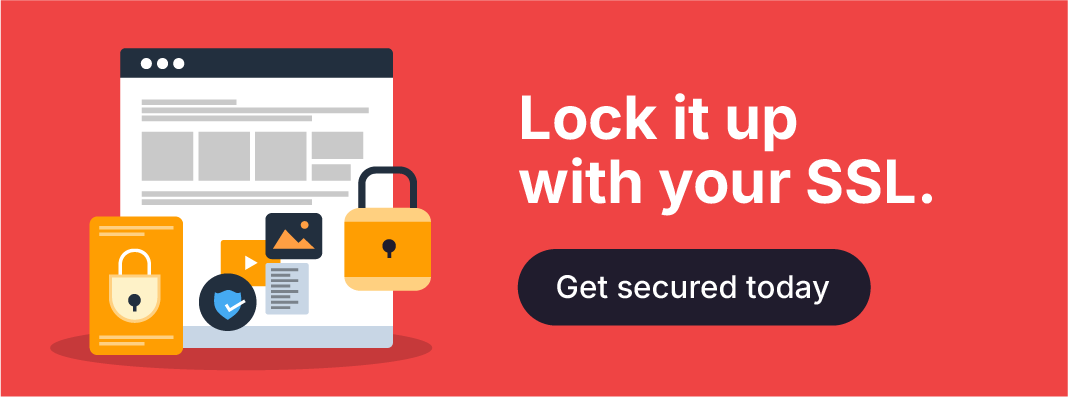In the ever-evolving landscape of technology and the internet, the protection of sensitive data is paramount. As we increasingly rely on digital solutions for everything from banking and business to personal communication and entertainment, safeguarding our data becomes more complex and crucial. One of the most effective and straightforward methods to ensure the security of user data is Multi-Factor Authentication (MFA).
What is Multi-Factor Authentication (MFA)?
Multi-Factor Authentication is a security process that requires more than one method of authentication from independent categories of credentials to verify a user's identity. The goal of MFA is to create a layered defense system, making it more difficult for unauthorized users to access a target such as a physical location, computing device, network, or database. If one factor is compromised or broken, the attacker still has at least one more barrier to breach before successfully breaking into the target.
MFA and Customer Trust
MFA offers more than just security for data—it helps build customer trust. Consumers are increasingly aware of cybersecurity threats and data breaches and appreciate businesses that prioritize their safety. In fact, the presence of MFA on a platform can serve as a selling point in the current climate, where privacy and data protection is valued by many customers.

Why Your Business Needs Multi-Factor Authentication
Enhanced Security
The most obvious benefit of MFA is enhanced security. By adding an extra layer of protection, MFA makes it harder for cybercriminals to access user accounts. Even if they manage to get a password, they still need the second factor—like a unique code sent to the user’s phone—to access the account.
Compliance with Regulations
Depending on the sector in which your business operates, implementing MFA might be a regulatory requirement. Industries like healthcare, finance, and others have strict data protection regulations. Ensuring you're up to date with these security measures could save your organization from potential fines and penalties.
Reduced Impact of Phishing Attacks
Phishing remains a common method of attack, tricking users into revealing their passwords. However, MFA can significantly reduce the impact of these attacks. Even if an attacker gains access to a user’s password through phishing, they would still need access to the second authentication factor, which is typically more challenging to acquire.
Cost Saving
Although implementing MFA involves an upfront investment, it can save businesses significant amounts in the long run. The cost of a data breach, in terms of monetary loss, regulatory fines, and brand damage, can be much higher than the cost of implementing MFA.
Closing Thoughts
In today's digital world, where cyber threats are constantly evolving, Multi-Factor Authentication offers an additional line of defense. It not only protects sensitive data but also enhances customer trust. As the world becomes more digitally interconnected, businesses need to invest in robust cybersecurity measures like MFA to protect themselves and their customers from the growing risk of cyber-attacks.
Remember, in cybersecurity, it’s not about eliminating risks—that’s near impossible. It’s about managing them, and MFA provides a strong, adaptable, and user-friendly way to do just that. Prioritize MFA in your security roadmap today, because when it comes to safeguarding your digital assets, one layer of protection just isn't enough.
At Rebel, your security comes first. That’s why we use Multi-Factor Authentication (MFA) to protect your account. Whether you’re managing your domains, building a website, or hosting professional email, MFA adds an extra layer of protection to keep your data safe from unauthorized access. It’s one of the many ways we help you manage your online presence with clarity and confidence—so you can focus on growing your business, not worrying about security.






















